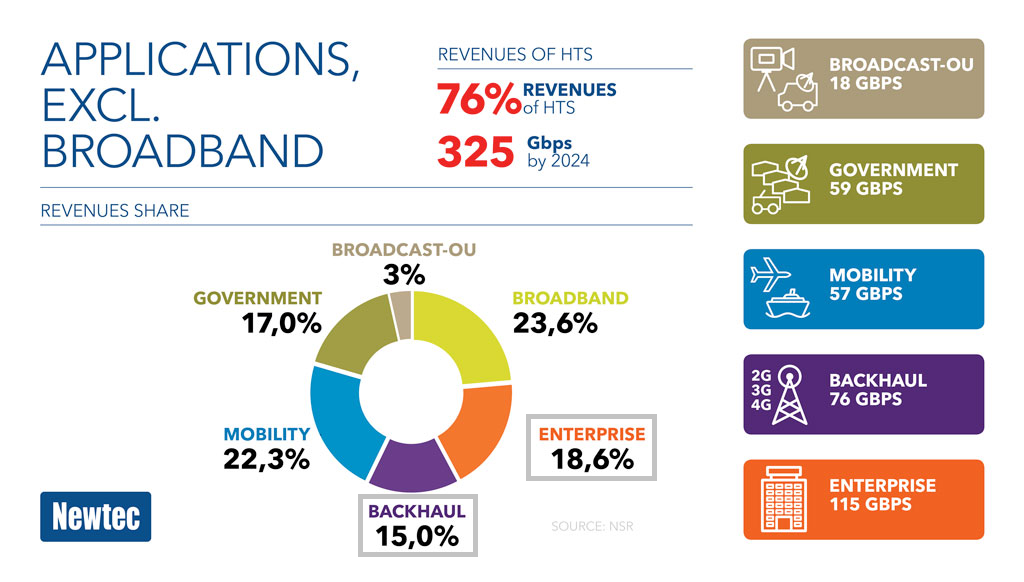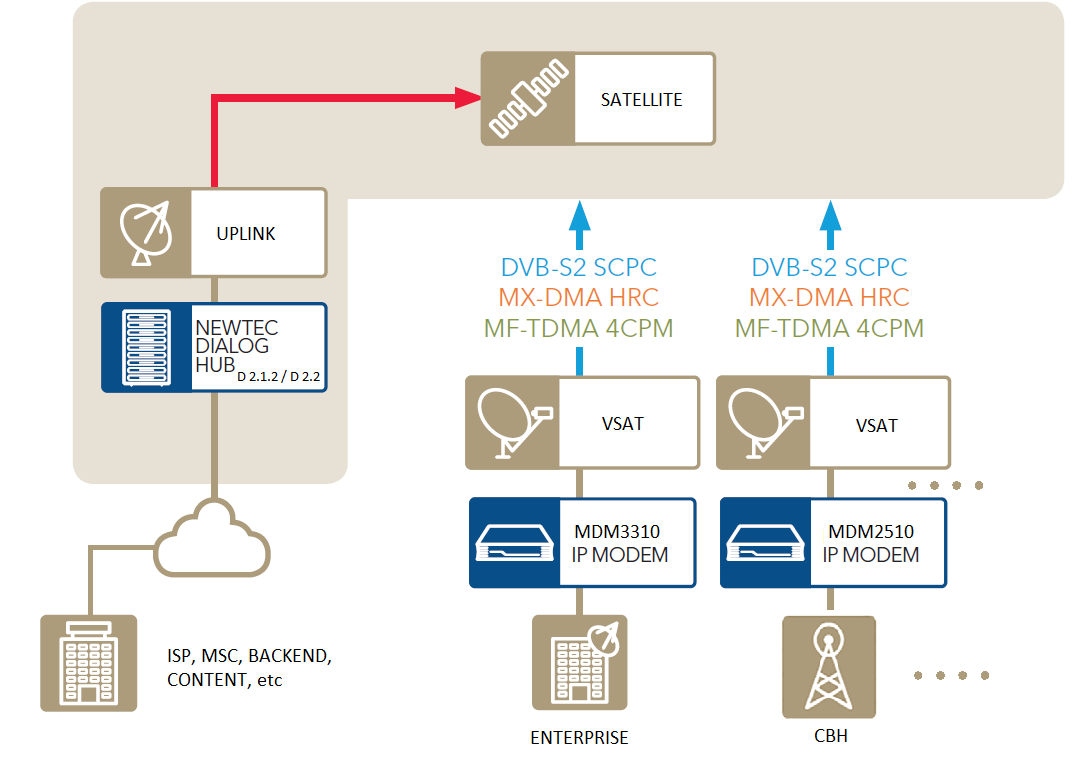
-
StatusCompleted
-
Status date2020-02-12
-
Activity Code7A.058
Within WIND Sequel, ST Engineering iDirect (BE) and Lasting Software (RO) develop a set of innovative ground segment products and features enabling satellite and network operators to offer a multi-services proposition through a flexible ground segment platform. The objective is to provide innovative solutions to High-Through-Put Satellite (HTS) operators and Mobile Network Operators (MNO) intending to address the demands of emerging markets, such as satellite Cellular Backhaul and Enterprise verticals within the complex infrastructure of a high-speed satellite network and within challenging commercial environments. An add-on objective of Lasting Software is to establish a competence centre for Satellite Cellular Backhaul in Romania.
The underlying market requirements mandate a fast paced roll-out of product releases. Covering a wide scope of value propositions, WIND Sequel necessitates a phased and coordinated project approach with two major Dialog software releases, R2.1.2 (featuring AUPC, Central NMS, ULOGON) followed by R 2.2 (featuring BGP, GTP). Some of the developments carried out in WIND Sequel will also need to be future proof and pave the way for the next generation of modems, hubs and network management platforms.
Further, two new wideband modems, the MDM2510 and the MDM5010, are developed under WIND Sequel. These are necessary evolutions of the ST Engineering iDirect modem portfolio to stay abreast of market needs and to support the multiple services enabled by the new Dialog releases.
The MDM2510 is the first modem of its nature within the ST Engineering iDirect Portfolio addressing Small Offices and Home Offices (SOHO) and small Enterprise networks. The new entry-level modem reduces installation costs, operational and maintenance costs, while at the same time providing a scalable solution. The higher-end MDM5010 modem gives a competitive edge on the unremitting demand for higher modem performance by fully unleashing the potential of the new Dialog platform features, addressing the requirements of larger Enterprise and Cellular Backhaul satellite networks.
The products and features developed under WIND Sequel target HTS market segments with high service revenues per Gbit/s and low overall satellite resources requirements, in contrast to broadband services. HTS operators, satellite services operators and Mobile Network Operators that are looking to extend their market reach in the Backhaul and Enterprise segments, while leveraging on the Dialog multi-service and multi-application platform, will benefit from the WIND Sequel product developments in multiple ways: lower total costs of ownership, optimised modem portfolio and from having a flexible and scalable network solution supporting multiple services and applications, in particular Enterprise and Cellular Backhaul applications. With the satellite industry consolidating on one hand and the bandwidth demand skyrocketing on the other hand, economies of scale become the primary competitive advantage. WIND Sequel provides ground segment product solutions to efficiently manage services across multiple spot beams and across vertical markets while maximising economies of scale through an efficient and scalable multi-services VSAT ground segment platform.
WIND Sequel enhances the Enterprise and Backhaul related capabilities of the Dialog multiservice platform to support an unparalleled range of applications. Everything from Business to Consumer (B2C) to high-end cellular backhaul and mobility can be supported on this single platform. Innovative product solutions, addressing the wide range of market demand, can yield to operators a fast ROI involving a lower cost infrastructure while supporting a higher user demand for bitrate throughput.

The product features are:
- Enhanced central NMS: A unified network management system across the different Dialog platform types
- 4CPM Automatic Uplink Power Control (AUPC): A mechanism to ensure optimal RF link performance and to prevent transponder saturation on disperse VSAT terminal deployments
- Border Gateway Protocol and enhanced performance module: Allowing the exchange of network reachability information with other BGP systems; increased performance at IP level
- GTP acceleration module: GPRS Tunneling Protocol Acceleration enabling 4G speeds for remote and temporarily deployed BTS backhauling ground infrastructure
- VNO-QoS Enterprise module: Tailored Mbaud capacity to VNOs via configurable minimum/maximum (Mx-DMA) symbol rate/modcods
- MDM2510 Modem: Supporting MX-Sat from the terminal side and supporting the Linear iLnB (ODU) high-speed modcods.
- MDM5010 Modem: Supporting the increase in throughput requirements for High-End Modems segment
- Universal Logon (ULOGON): Supporting specific clients on an ad-hoc basis
- Scalability: Supporting the provision, configuration and deployment of a high number of terminals and satellite networks

The WIND Sequel Project Plan was kicked off in 2018. The schedule is fast paced but on a relatively low-risk trajectory towards well defined Product Specifications driven by market needs. Project management focuses on core objectives and staying on schedule. Anticipatory risk mitigation measures are in place to avoid potential scope creeping. Careful monitoring of market dynamics and follow-up on changes of customer requirements through the Product Development Team are instrumental to alter the Project Plan as necessary to include new requirements from customers and market.
Following the feedback from the Product Development Team on changing market needs in Q1 2019, a contract change process was triggered in a timely manner. The initial scope and objectives were amended in a cost neutral way without inducing delays. Additional activities for the validation of Cellular Backhaul use cases by means of a lab demonstrator were performed by Lasting Software, Romania, joining the Project in Q1 2019 as an expert in the terrestrial mobile network technology (2G, 3G, 4G and 5G).
The Project was completed in September 2019 on time, on budget and meeting customer and market requirements. The resulting products are already successfully deployed in the market.




